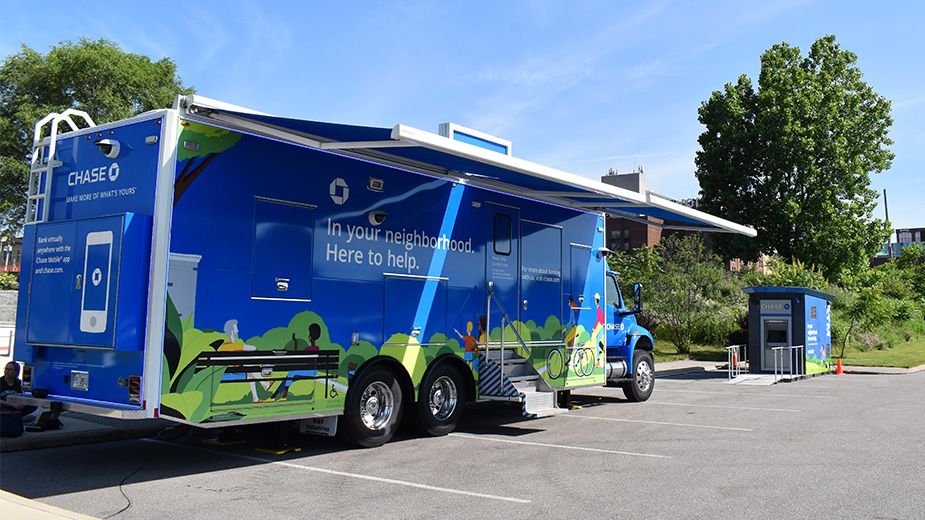How to Spend Down Assets So Medicaid Pays
YOUNGSTOWN, Ohio – With the cost of stays in nursing homes rising, estate planners and elder law attorneys increasingly see clients working to ensure that they will be eligible for Medicaid benefits when they enter a nursing home.
To qualify for Medicaid benefits that pay for nursing-home care, there are two standards: one for married couples, the other for those who are single.
A single applicant can have assets of no more than $2,000. For couples, assets are divided evenly between both, with the community spouse – the one not in a nursing home – allowed to have assets of at least $24,180 or half of the couple’s assets, whichever is greater, but not more than $120,900.
A simpler example: Between them, a married couple has $200,000 in assets when the husband applies for Medicaid to pay for a stay in a nursing home. That figure is split for the purpose of accounting, assigning each $100,000. From there, the community spouse keeps her half, while the remaining $100,000 must be spent down to the $2,000 threshold. In total, the couple must get rid of $98,000 in assets for the husband to receive benefits.
“We almost treat them like two single people and he has to meet the requirements for a single person,” explains Karen Bovard, an attorney with Johnson & Johnson in Canfield.
When it comes to counting assets, there are exemptions. The value of a residence isn’t counted nor is the value of a car and tangible personal property such as appliances, clothing or furniture. One is also allowed to pay funeral expenses in advance.
What is counted is anything that can be converted to cash. This includes life insurance policies valued at more than $1,500, IRAs, deferred annuities, real estate other than a personal residence and not used for business, and the assets in most revocable trusts.
To receive Medicaid benefits, assets must be moved from categories that count against the limit to those that don’t.
The simplest way to do so, says Elliot Legow, an elder law attorney in Liberty, is to pay nursing home bills until one qualifies for benefits. More or less, that’s what happens in every case.
“It’s what you have to do. You’re spending down even if you’re not thinking about it,” he says. “If you go into a nursing home with $100,000 and pay your bills, that’s still spending down.”
Consciously spending down assets enters the picture when people want to qualify for benefits sooner. Clients often choose this route so they can leave a larger estate to their heirs, says Christopher Patrick, attorney with Roth, Blair, Roberts, Strasfeld & Lodge LPA in Youngstown. Just as common is being able to benefit from the system they spent their adult lives paying into.
“People pay into Social Security and if you live long enough, you’ll get it. People can pay into Medicaid and if you don’t qualify for benefits, you don’t see anything,” he says.
The process of reducing assets to be within the limits can take several paths. Since the limit excludes tangible personal property or a residence, Legow suggests spending money on home repairs and improvements. In some cases, buying a more expensive house is also an option because the difference between the sale of one house and the price paid for another eliminates some assets.
“If Mom has a house on East Detroit Avenue and gets $7,500 for it and buys a condo in Boardman for $100,000, then as far as Medicaid’s concerned, she had a house that didn’t count and has a new house that doesn’t count,” he says. “That $92,000 she spent is permissible.”
At RothBlair, Patrick uses irrevocable trusts and family limited partnerships. An irrevocable trust is as it sounds; once assets are placed in the trust and it takes effect, the principal can’t be touched.
“The state can’t make them get those assets back because the document says they can’t,” Patrick says.
For a family partnership, firms establish a holding company for a client’s assets. Family members are then given membership interests in the company, which entitles them to the assets.
Bovard adds that gift-giving is also commonly used, although there are several criteria that must be met. When an application for Medicaid benefits is received, part of the review is looking back five years at gifts the applicant gave. One month of nonpayment by Medicaid is added for each $6,570 given away, a figure based on the state’s established cost for a month of nursing home care.
“If you can do it far enough in advance, look to gifting,” she says, adding that continuing gifts that have been made for years don’t count against that figure.
Small amounts such as birthday gifts can be given as they always have, although sudden changes in the size of the gifts will be considered toward the threshold. Birthday gifts of $100 will usually be acceptable if that’s how the parents or grandparents have done it for years, while starting to give a child or grandchild $10,000 every birthday will be counted.
“If you’re going to do gifting, it needs to be big and it needs to be early,” Bovard says.
While Legow, Patrick and Bovard have seen clients from almost all income ranges work to plan spending down their assets, Bovard notes that why they do it is almost all the same.
“It’s really to preserve an inheritance for the people you want to leave your money to. Most people don’t want to leave it to the government or nursing home,” she says. “It’s really to protect the middle class who’ve accumulated something and didn’t accumulate it just to pay for a nursing home.”
Copyright 2024 The Business Journal, Youngstown, Ohio.


